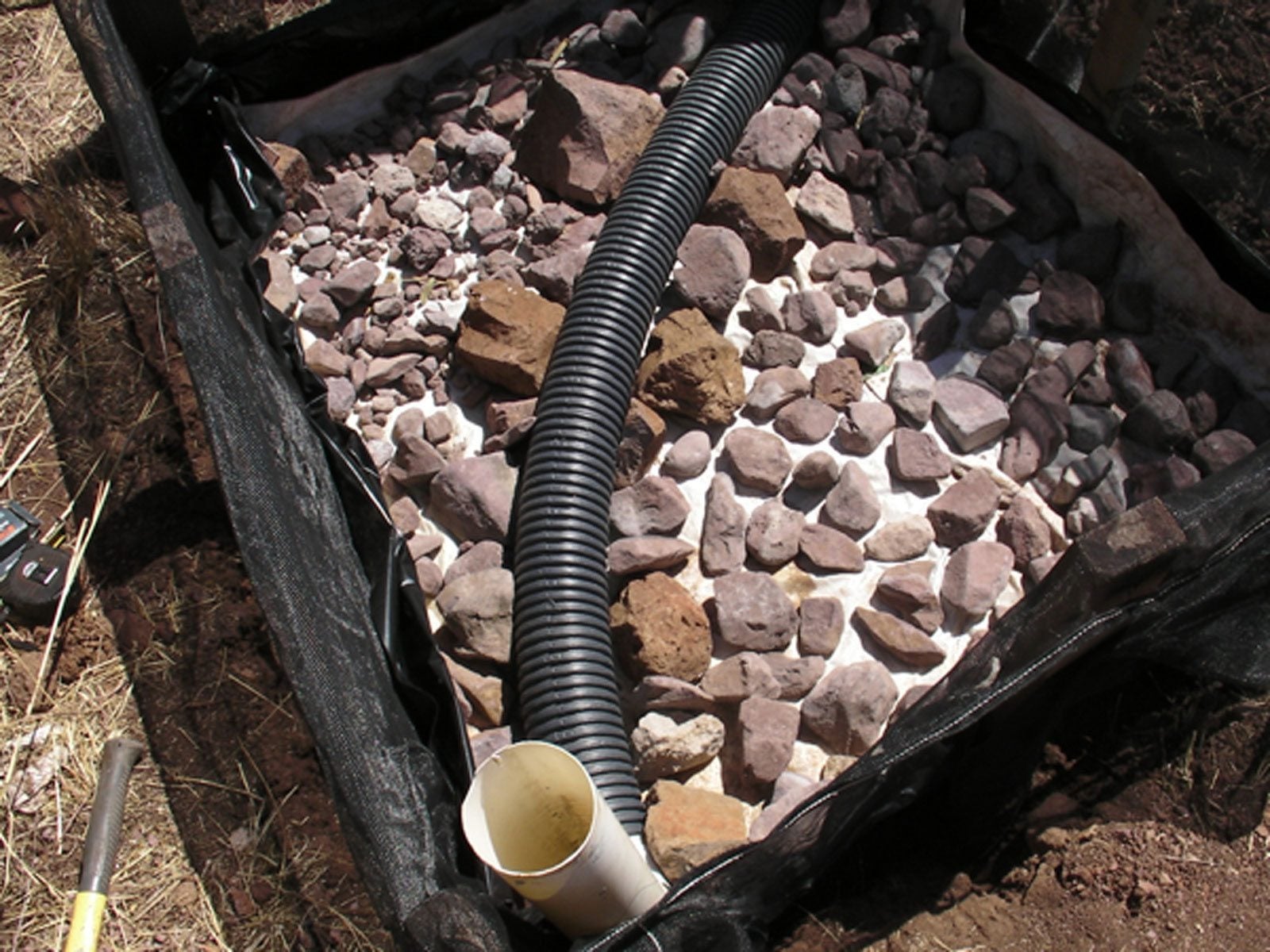What Is A Wicking Bed – DIY Wicking Bed Ideas For Gardeners


A wicking bed is an easy and effective solution if you’re gardening in a climate with low rainfall. It allows water to accumulate and be taken up by plant roots naturally, making it possible to grow water loving plants even in arid climates. Keep reading to learn more about how to make a wicking bed and tips for building a wicking bed from scratch.
Wicking Bed Facts
What is a wicking bed? A wicking bed is a raised garden bed built over a water reservoir of the same size, allowing the plants in the bed to absorb water at a natural rate, even if the surrounding soil is dry. This is useful in arid climates, areas under water-hogging trees, and gardens that are destined to wait long periods of time between irrigations. The basic structure of a wicking bed includes a plastic lined reservoir of gravel with a hole-filled pipe running through it, on top of which is built a normal raised garden bed of the same size.
How to Make a Wicking Bed
Building a wicking bed is relatively easy and can be done in your own garden without too much hassle. First, choose the size and shape of your raised bed, as you’ll want your reservoir to match. Next, dig a hole that’s the same dimensions and about one foot (30.5 cm.) deep. Line this hole with impermeable plastic sheeting. Cut a length of plastic pipe so that it spans the hole, and drill several holes into the side of it that faces down. Attach a 90-degree bend and a shorter straight piece to one end of the pipe, so that it reaches straight up higher than the final soil line. This is how you’ll add water to the reservoir. Fill the hole with gravel, and then place the frame of your raised bed on top. Drill a hole near the bottom of the frame - this will allow water to escape if the reservoir overflows and will keep your plants from drowning. Fill the frame with rich soil. Insert a garden hose into the section of pipe that’s poking above the soil line and fill the reservoir with water. Keep this pipe covered with a stone when you’re not using it to prevent evaporation and to protect curious critters. And that’s it – you’re ready to start planting in your very own wicking bed.
Gardening tips, videos, info and more delivered right to your inbox!
Sign up for the Gardening Know How newsletter today and receive a free copy of our e-book "How to Grow Delicious Tomatoes".

The only child of a horticulturist and an English teacher, Liz Baessler was destined to become a gardening editor. She has been with Gardening Know how since 2015, and a Senior Editor since 2020. She holds a BA in English from Brandeis University and an MA in English from the University of Geneva, Switzerland. After years of gardening in containers and community garden plots, she finally has a backyard of her own, which she is systematically filling with vegetables and flowers.